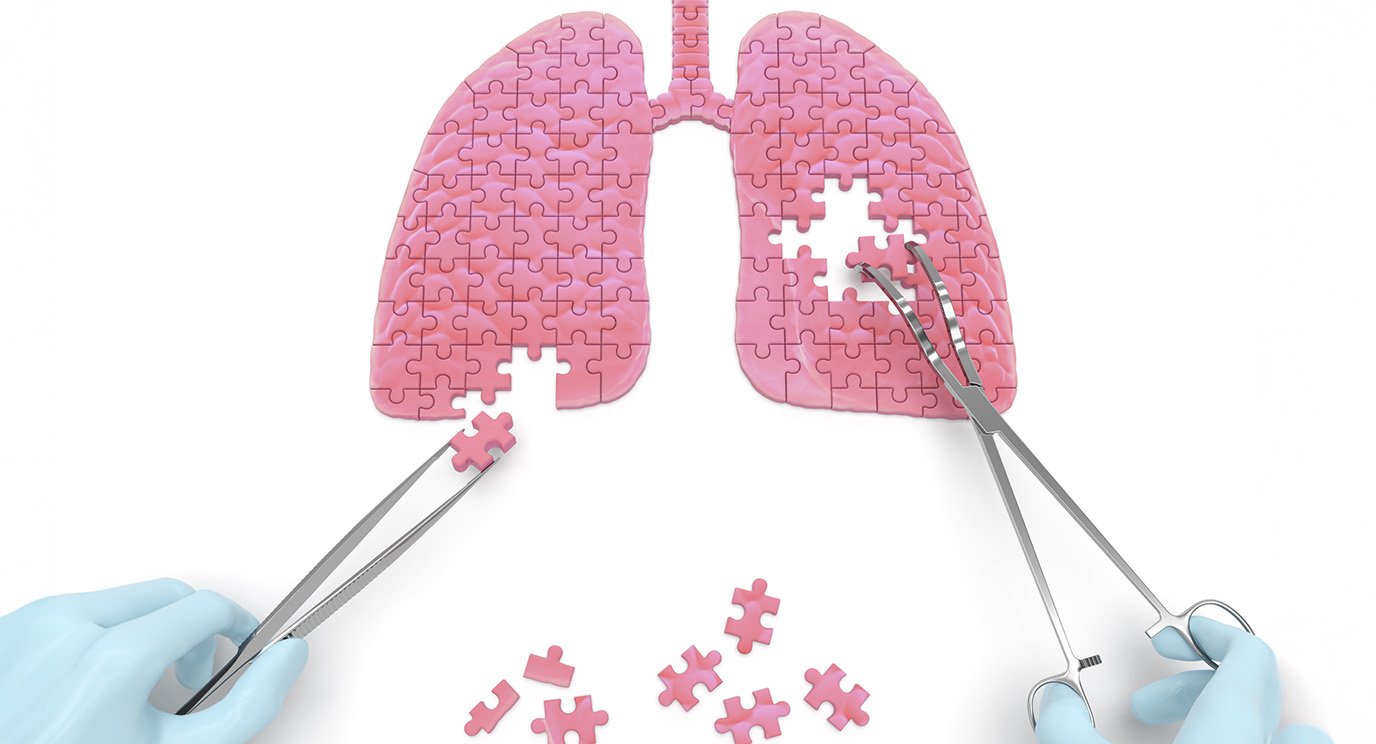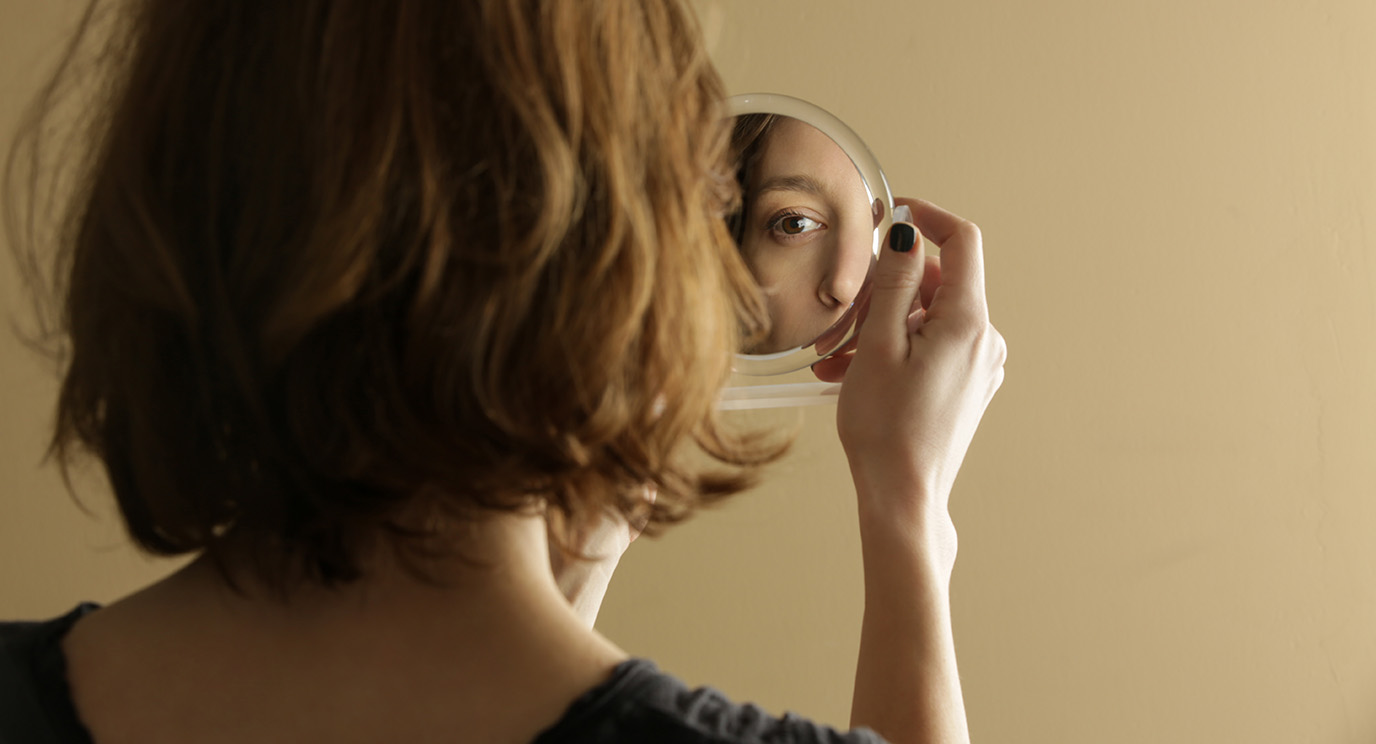- Diseases
- Acoustic Neuroma (14)
- Adrenal Gland Tumor (24)
- Anal Cancer (68)
- Anemia (2)
- Appendix Cancer (16)
- Bile Duct Cancer (26)
- Bladder Cancer (72)
- Brain Metastases (28)
- Brain Tumor (232)
- Breast Cancer (714)
- Breast Implant-Associated Anaplastic Large Cell Lymphoma (2)
- Cancer of Unknown Primary (4)
- Carcinoid Tumor (8)
- Cervical Cancer (158)
- Colon Cancer (166)
- Colorectal Cancer (116)
- Endocrine Tumor (4)
- Esophageal Cancer (44)
- Eye Cancer (36)
- Fallopian Tube Cancer (8)
- Germ Cell Tumor (4)
- Gestational Trophoblastic Disease (2)
- Head and Neck Cancer (12)
- Kidney Cancer (128)
- Leukemia (342)
- Liver Cancer (50)
- Lung Cancer (286)
- Lymphoma (278)
- Mesothelioma (14)
- Metastasis (30)
- Multiple Myeloma (100)
- Myelodysplastic Syndrome (60)
- Myeloproliferative Neoplasm (4)
- Neuroendocrine Tumors (16)
- Oral Cancer (100)
- Ovarian Cancer (172)
- Pancreatic Cancer (160)
- Parathyroid Disease (2)
- Penile Cancer (14)
- Pituitary Tumor (6)
- Prostate Cancer (146)
- Rectal Cancer (58)
- Renal Medullary Carcinoma (6)
- Salivary Gland Cancer (14)
- Sarcoma (238)
- Skin Cancer (294)
- Skull Base Tumors (56)
- Spinal Tumor (12)
- Stomach Cancer (64)
- Testicular Cancer (28)
- Throat Cancer (92)
- Thymoma (6)
- Thyroid Cancer (96)
- Tonsil Cancer (30)
- Uterine Cancer (80)
- Vaginal Cancer (16)
- Vulvar Cancer (20)
- Cancer Topic
- Adolescent and Young Adult Cancer Issues (20)
- Advance Care Planning (10)
- Biostatistics (2)
- Blood Donation (18)
- Bone Health (8)
- COVID-19 (362)
- Cancer Recurrence (120)
- Childhood Cancer Issues (120)
- Clinical Trials (630)
- Complementary Integrative Medicine (22)
- Cytogenetics (2)
- DNA Methylation (4)
- Diagnosis (232)
- Epigenetics (6)
- Fertility (62)
- Follow-up Guidelines (2)
- Health Disparities (14)
- Hereditary Cancer Syndromes (126)
- Immunology (18)
- Li-Fraumeni Syndrome (8)
- Mental Health (116)
- Molecular Diagnostics (8)
- Pain Management (62)
- Palliative Care (8)
- Pathology (10)
- Physical Therapy (18)
- Pregnancy (18)
- Prevention (912)
- Research (392)
- Second Opinion (74)
- Sexuality (16)
- Side Effects (604)
- Sleep Disorders (10)
- Stem Cell Transplantation Cellular Therapy (216)
- Support (402)
- Survivorship (320)
- Symptoms (182)
- Treatment (1786)
Preserving a child’s fertility during cancer treatment
3 minute read | Published April 27, 2018
Medically Reviewed | Last reviewed by an MD Anderson Cancer Center medical professional on April 27, 2018
When our daughter, Aaliyah, was diagnosed with Ewing’s sarcoma at age 9 in November 2016, my husband and I were singularly focused on her survival. But as her treatment plan unfolded, we soon realized we needed to address another issue that never would have otherwise been on our radar: her fertility.
Our daughter’s Ewing’s sarcoma diagnosis
After the initial biopsy of the mass in Aaliyah’s abdomen and pelvis, her oncologist, Doug Harrison, M.D., explained that it might take a while to get an accurate diagnosis. She could have a type of soft tissue sarcoma called desmoplastic small round cell tumor (DSRCT), but Aaliyah’s diagnosis was most likely Ewing’s sarcoma. Since the protocol for both cancers was the same, we began treatment right away: 14 weeks of in-patient chemotherapy.
My husband and I knew the chemotherapy might damage Aaliyah’s eggs, but that was a risk we had to take. Harvesting eggs costs both time and money — and while we could have found a way to make the finances work, we could not afford to wait. Fertility interventions would require us to postpone Aaliyah’s treatment, allowing her tumor to grow and spread rapidly. To give our daughter the best chance of survival, we needed to begin chemotherapy immediately.
Exploring our daughter’s fertility preservation options
Aaliyah’s surgeon, Andrea Hayes-Jordan, M.D., told us that our daughter’s ovaries would have to be surgically removed if any tumors were attached to them. There was also a slight risk that she would need to have her uterus removed.
Our daughter’s radiation oncologist, Mary Frances McAleer, M.D., said that the radiation therapy Aaliyah needed on her pelvis and abdomen could significantly affect the performance of her remaining reproductive organs. Dr. McAleer assured us she would do everything possible to protect Aaliyah’s ovaries during radiation treatments, but we knew there were no guarantees.
At that point, my husband and I decided to explore every option, so we met with a fertility preservation specialist. We left that meeting relieved, as the specialist had reassured us that we had not overlooked any interventions by charging directly into chemotherapy, and that we had done what was best for our daughter’s overall health. But we were also heartbroken that Aaliyah would likely one day face fertility challenges.
Explaining possible consequences to our daughter
Prior to the surgery, we tried to explain to Aaliyah what it would mean if the doctor had to remove any of her reproductive organs. But at the time, she had not yet turned 10, so she couldn’t quite process what we were telling her.
Aaliyah underwent a 10-hour HIPEC (hyperthermic intraperitoneal chemotherapy) surgery in February 2017 to remove the remaining tumors and to “wash” her abdominal cavity with heated chemotherapy. She started her 20-day schedule of radiation treatments the following month.
We were relieved that her surgery, though invasive, did not require a hysterectomy, and it is possible that Aaliyah could still conceive a biological child, though only time will tell.
Peace for the future
Because we’ve experienced both the heartache of infertility and the blessing of adoption ourselves, my husband and I know that an inability to become pregnant and carry a baby to term will by no means destroy Aaliyah’s chance of becoming a mom. Ultimately, we didn’t have much of a choice in how we handled our daughter’s fertility, but we are at peace with however she builds a family in the future. I suspect Aaliyah is, too, and I hope that peace will follow her into adulthood, whatever may come.
Now 11, Aaliyah doesn’t take the matter too seriously. When we spoke with her recently about the possibility that she may not be able to get pregnant and have a baby one day, she just shrugged, smiled, and said, “That’s OK. If I can’t, I’ll just adopt.”
Request an appointment at MD Anderson online or by calling 1-877-632-6789.

We had to explore every option.
Sara K. Parker
Caregiver





